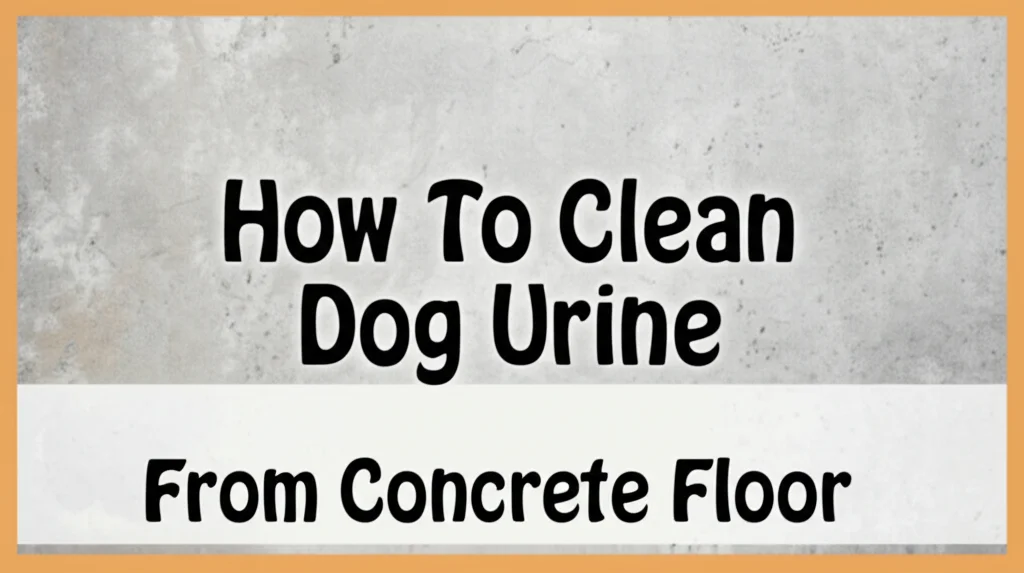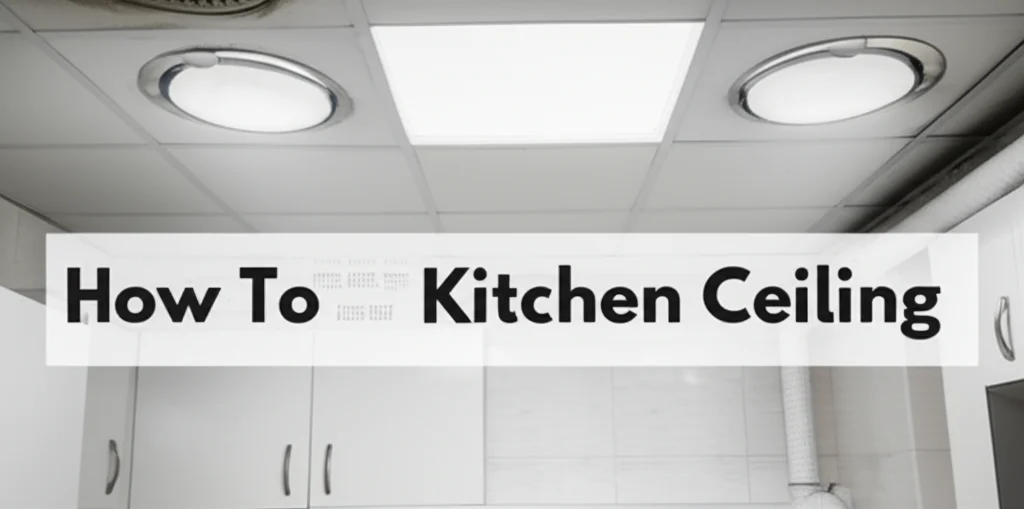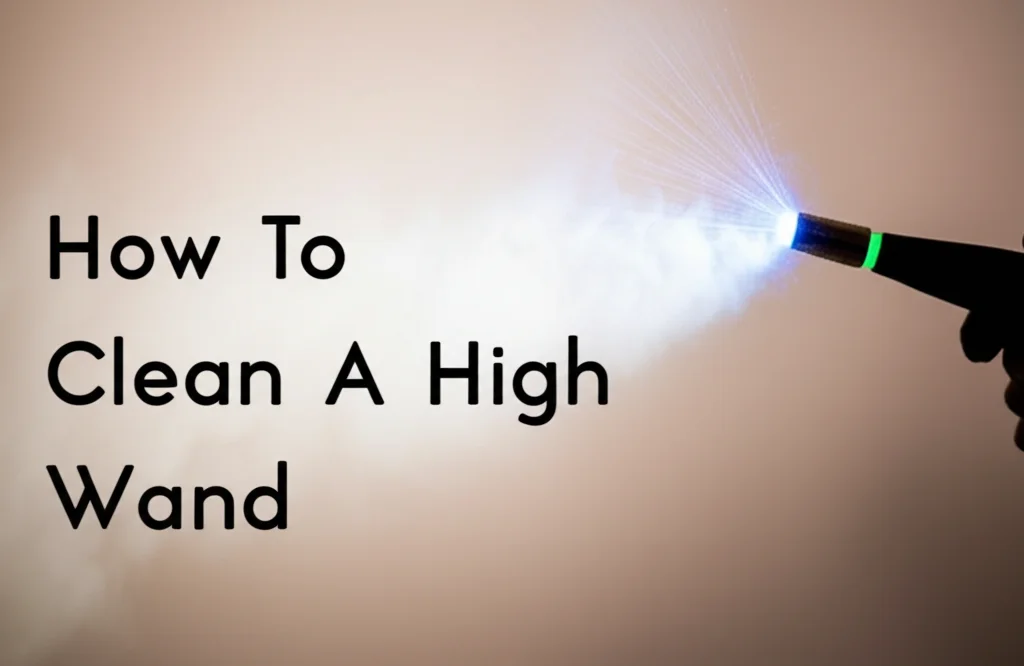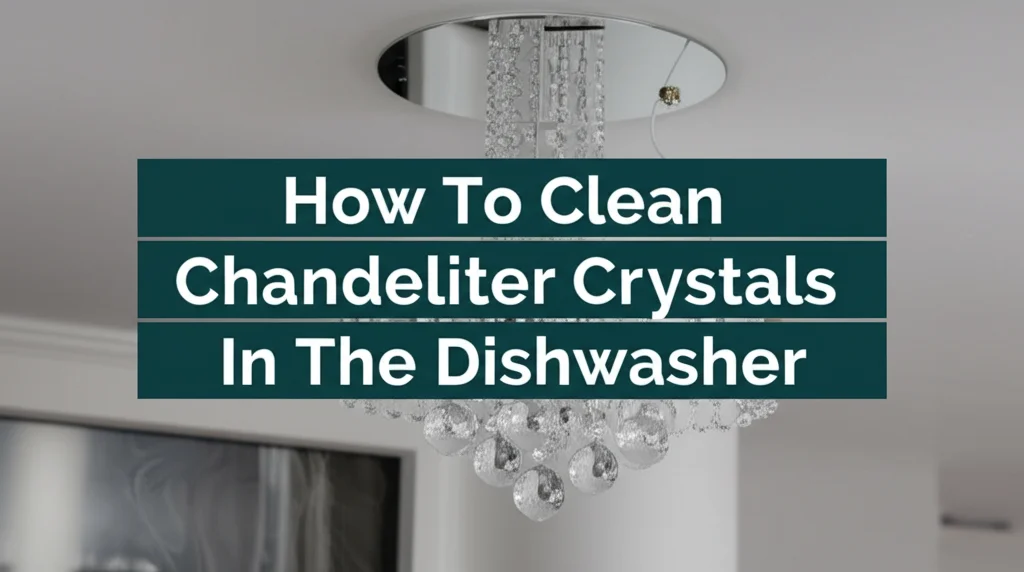· Home Cleaning · 6 min read
How To Clean Concrete Floors With Dog Urine
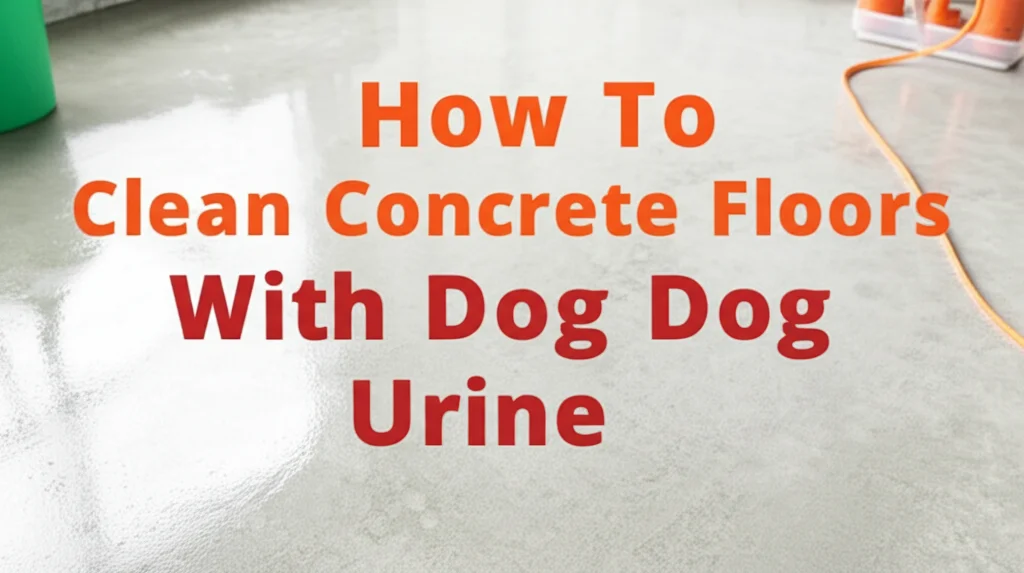
Dealing with Dog Urine on Concrete: A Comprehensive Guide
Let’s face it: accidents happen, especially when you share your home with a furry friend. Dog urine on concrete floors isn’t just unsightly; it can create lingering odors and potentially damage the surface over time. This article will guide you through the most effective methods for cleaning concrete floors with dog urine, ensuring a fresh and hygienic home. We’ll cover everything from immediate cleanup to deep cleaning solutions, helping you tackle even the toughest messes. We’ll also explore preventative measures to minimize future accidents and keep your concrete looking its best.
Quick Answer: To clean dog urine from concrete, immediately blot up as much liquid as possible. Then, create a solution of enzymatic cleaner and water, apply it to the affected area, let it sit for 10-15 minutes, scrub, and rinse thoroughly.
Key Takeaways:
- Act Fast: Immediate action is crucial to prevent staining and odor absorption.
- Enzymatic Cleaners are Key: These break down the urine’s components, eliminating the source of the smell.
- Thorough Rinsing: Ensure all cleaning solutions are completely removed to avoid residue.
- Prevention is Best: Consistent training and regular cleaning can minimize accidents.
Why Dog Urine is Problematic for Concrete Floors
Concrete, while durable, is porous. This means it readily absorbs liquids, including dog urine. When urine soaks into concrete, it doesn’t just sit on the surface. It penetrates the pores, creating a breeding ground for bacteria that produce that unpleasant ammonia smell. Over time, the acidity of the urine can also etch or discolor the concrete, leading to permanent stains. Ignoring the problem won’t make it disappear; it will only worsen, potentially requiring professional cleaning or even concrete resurfacing. Therefore, understanding the nature of the problem is the first step towards effective cleaning.
Immediate Action: The First Line of Defense
When you discover an accident, speed is of the essence. The longer urine sits, the deeper it penetrates the concrete. First, grab some paper towels or an old cloth and blot up as much liquid as possible. Avoid rubbing, as this will only spread the urine and push it further into the pores. Apply firm, consistent pressure to absorb as much as you can. Once you’ve removed the bulk of the liquid, you’re ready to move on to the cleaning phase. Don’t underestimate the importance of this initial step – it significantly impacts the final result.
The Power of Enzymatic Cleaners
Enzymatic cleaners are your best friend when dealing with pet urine. Unlike regular cleaners that simply mask the odor, enzymatic cleaners contain enzymes that break down the uric acid, urea, and creatinine – the components that cause the smell. This eliminates the odor at its source, rather than just covering it up. You can find these cleaners at most pet stores or online. Look for products specifically designed for pet urine and safe for concrete surfaces. Always follow the manufacturer’s instructions for dilution and application. If you’re looking for other cleaning solutions, you might find some helpful information on https://www.beacleaner.com/what-is-the-best-cleaning-solution-for-ceramic-tile-floors/.
Choosing the Right Enzymatic Cleaner
Not all enzymatic cleaners are created equal. Consider these factors when making your selection:
- Specifically for Pet Urine: Ensure the product is formulated to tackle the unique compounds in urine.
- Concrete Safe: Verify the cleaner won’t damage or discolor your concrete.
- Positive Reviews: Check online reviews to see what other pet owners have experienced.
- Concentrate vs. Ready-to-Use: Concentrates are more economical but require dilution.
Step-by-Step Cleaning Process: A Detailed Guide
Now, let’s get down to the actual cleaning. Here’s a step-by-step guide to effectively remove dog urine from your concrete floors:
- Dilute the Enzymatic Cleaner: Follow the manufacturer’s instructions for proper dilution. Typically, this involves mixing the cleaner with water.
- Apply the Solution: Pour or spray the solution generously onto the affected area, ensuring it’s thoroughly saturated.
- Let it Dwell: Allow the solution to sit for at least 10-15 minutes, or as directed on the product label. This gives the enzymes time to work their magic.
- Scrub the Area: Use a stiff-bristled brush to scrub the concrete. This helps to loosen any remaining urine and lift it to the surface.
- Rinse Thoroughly: Rinse the area with clean water, ensuring all traces of the cleaner are removed. You can use a mop or a wet/dry vacuum for this step.
- Dry the Area: Allow the concrete to air dry completely. You can speed up the process with a fan.
Tackling Old and Stubborn Stains
Sometimes, you might discover an old urine stain that has deeply penetrated the concrete. These stains require a more aggressive approach. Start by repeating the enzymatic cleaner process described above, but increase the dwell time to 30 minutes or even longer. If the stain persists, you can try creating a paste of baking soda and water. Apply the paste to the stain, let it dry completely, and then vacuum it up. Baking soda helps to absorb odors and lift stains. For particularly stubborn stains, consider using a concrete poultice. A poultice draws out the stain from the concrete pores. You can find instructions on how to make and apply a concrete poultice online. If you’re dealing with other tough stains, you might find some helpful tips on https://www.beacleaner.com/how-to-clean-acid-marks-on-floor/.
Preventing Future Accidents and Maintaining Clean Concrete
Prevention is always better than cure. Here are some tips to minimize future accidents and keep your concrete floors clean:
- Potty Training: Ensure your dog is properly potty trained.
- Regular Walks: Provide frequent opportunities for your dog to relieve themselves outside.
- Designated Potty Area: If you have a yard, designate a specific area for your dog to use.
- Regular Cleaning: Sweep or vacuum your concrete floors regularly to remove dirt and debris.
- Prompt Cleanup: Address any accidents immediately.
- Consider Rugs: Place rugs in areas where accidents are more likely to occur.
FAQ: Your Burning Questions Answered
Q: Can I use bleach to clean dog urine from concrete?
A: While bleach can disinfect, it’s not recommended for cleaning dog urine on concrete. Bleach can react with the ammonia in urine, creating toxic fumes. It can also damage or discolor the concrete.
Q: How often should I deep clean my concrete floors?
A: Deep cleaning frequency depends on your dog’s habits and the level of foot traffic. Generally, deep cleaning every 3-6 months is sufficient.
Q: Will vinegar work to remove dog urine odor?
A: Vinegar can help neutralize some odors, but it’s not as effective as enzymatic cleaners. Vinegar doesn’t break down the urine’s components; it simply masks the smell. You can learn more about using vinegar for cleaning on https://www.beacleaner.com/how-to-clean-hardwood-floors-with-vinegar/.
Q: Is it possible to seal concrete to prevent urine absorption?
A: Yes, sealing concrete can significantly reduce its porosity and prevent urine absorption. There are various concrete sealers available, so choose one that’s appropriate for your needs.
Conclusion: A Fresh and Clean Home is Within Reach
Cleaning dog urine from concrete floors can seem daunting, but with the right approach, it’s entirely manageable. Remember, acting quickly, utilizing enzymatic cleaners, and thorough rinsing are key to success. By following the steps outlined in this guide, you can eliminate odors, remove stains, and maintain a clean and hygienic home for both you and your furry companion. Don’t let accidents ruin your concrete floors – take control and enjoy a fresh, odor-free living space. If you’re still struggling with stubborn stains or odors, don’t hesitate to consult a professional cleaning service.

